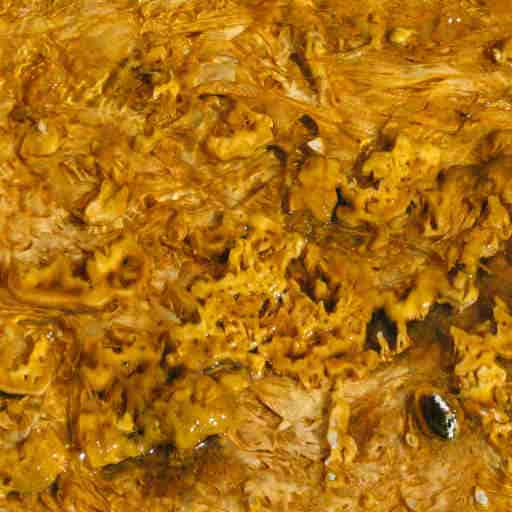
At the end of the minimal installation instructions we ended up with a basic X installation running the i3 window manager, after this if you have followed the suggested installation path you should have your pfSense based virtual networking up and running.
Your Dom-0 installation should remain fairly minimal, ideally you would not run anything but VirtualBox and aptitude in it, however it really depends from your typical use-case, as in some situations running specific applications on your bare metal system available can be useful.
In the previous part of this tutorial we started fleshing out our pfSense configuration using its GUI, let’s continue
DNS resolution You could simply create a pass rule in your pfSense configuration to allow each individual client to query either the internet or your local external DNS servers directly, however I find it useful and more secure to have the pfSense installation also serve as a the single DNS resolver for all clients.
If you followed the previous part of this tutorial you should now have a basic pfSense installation available with a default configuration, let’s now dig in and set it up for our needs. I am definitely not a pfSense wizard, so let me know if I have made any mistakes in the below or of you have suggestions on improving the process.
Logfiles By default pfSense only keeps a very limited amount of logging information, since we have created a 2GB hard drive image we have plenty of space to play with, let’s expand this to 20MB per log file (which will use in total about 350ish megs as you can see)
In the previous step of this tutorial we finished setting up the pfSense VM, from now on we can continue its configuration it via the pfSense web interface, if you need to access again the console you can either start the pfSense VM manually from VirtualBox (as opposed to running it headless via the systemd unit), or, much more easily, set up ssh access as described later in this guide.
In the previous step of this tutorial we set up the pfSense VM in virtualbox, let’s now start it up and actually install pfSense. Allow the boot to continue until you get to the VLAN prompt we do not need to set up VLANs for our usage, so press ‘n’ and continue,
then you just have to enter all the NICs we have until there are no more and press enter with an empty line

